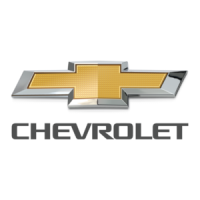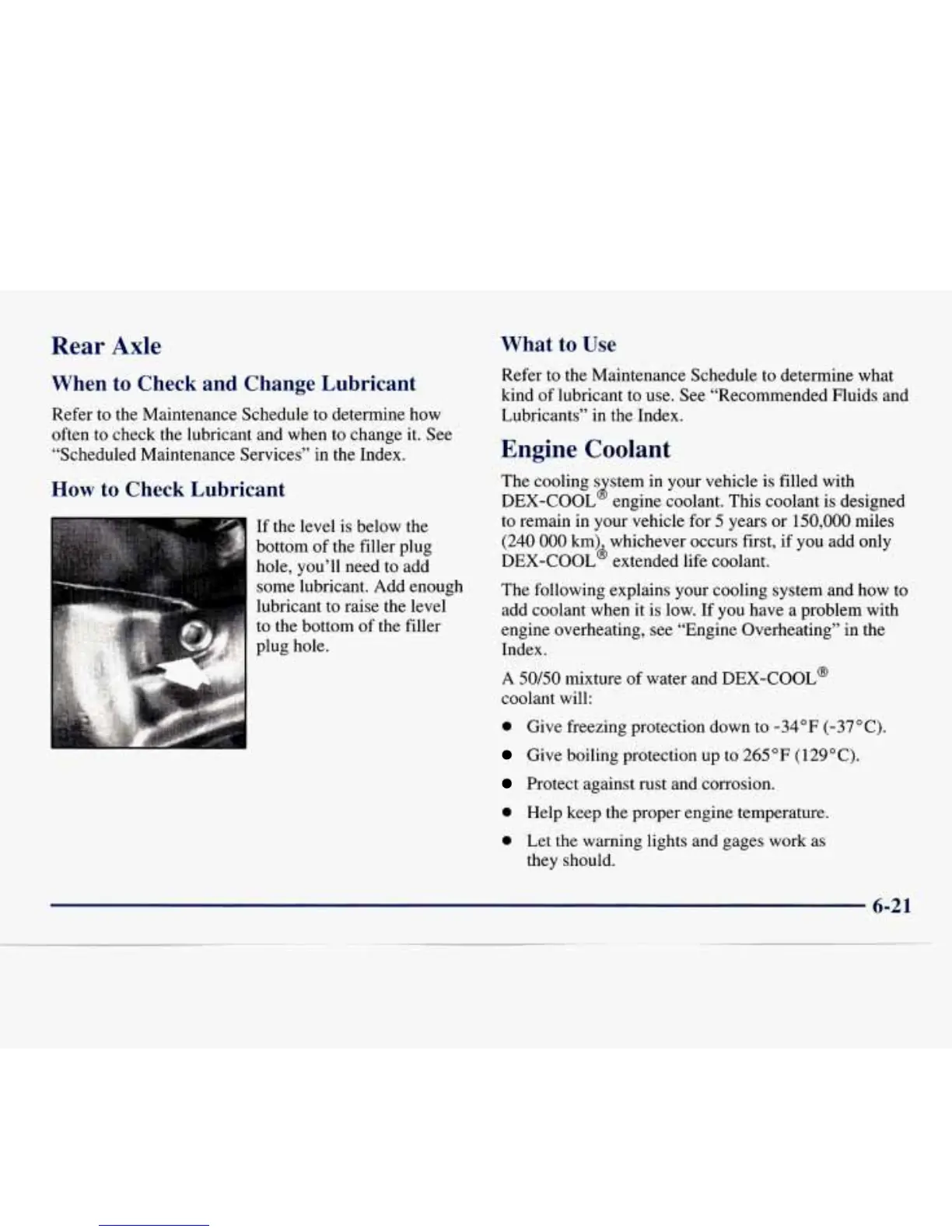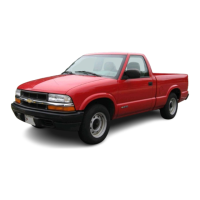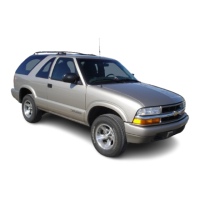
 Loading...
Loading...
Do you have a question about the Chevrolet 1998 Express Van and is the answer not in the manual?
| Brand | Chevrolet |
|---|---|
| Model | 1998 Express Van |
| Category | Automobile |
| Language | English |
Explains the meaning of the "Don't" symbol and the "NOTICE" symbol for vehicle damage.
Details on adjusting manual and power front seats, including reclining seatbacks.
Explains why safety belts are crucial and how they work, including legal requirements.
Explains the function, location, and operation of the vehicle's air bag system.
Information on the vehicle's double-sided key and the importance of having an extra key.
Explains how to lock and unlock doors for safety and security.
Provides instructions for starting the gasoline engine, including shift lever positions.
Details the operation of the automatic transmission, including shift lever positions and cautions.
How to operate the air system for heating, cooling, and ventilation.
Explanation of controls for heating, air conditioning, fan speed, and air direction.
Guide to operating the Delco Electronics audio system, including radio and clock settings.
The best advice for driving is to be ready for anything and expect the unexpected.
Discusses the dangers of alcohol impairment on driving skills and legal limits.
Explains perception and reaction time in braking, stopping distances, and engine braking.
Provides cautions and advice for safely towing a trailer, including equipment and driving practices.
Safe procedures for starting a vehicle with a dead battery using jumper cables.
Guidance on how to properly tow your vehicle without causing damage.
Information on steam from an overheated engine and cautions for driving when overheated.
Information on vehicle servicing, genuine GM parts, and doing your own service work.
Details on recommended gasoline octane, fuel quality, and California emission standards.
Guidance on checking and adding engine oil, and selecting the correct type of oil.
Information on tire quality grading, wear, inflation, and buying new tires.
Explains how to use the maintenance schedule and lists services based on driving conditions.
Maintenance schedule for vehicles used for short trips, city driving, or severe conditions.
Maintenance schedule for vehicles driven primarily on highways under normal conditions.
Lists checks and services that owners should perform at specified intervals.
Steps to follow if concerns are not resolved satisfactorily with dealership management.
Details on the Roadside Assistance program, including services and contact information.
How to report vehicle safety defects to NHTSA and obtain safety information.











